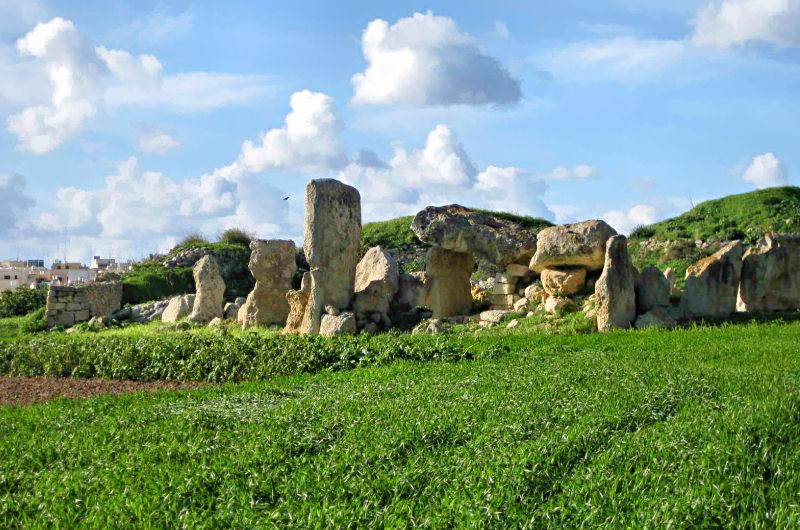Borġ in-Nadur: A Window into Malta’s Prehistoric Past
Borġ in-Nadur stands as a significant archaeological site located in the open fields overlooking St George’s Bay, near Birżebbuġa, Malta. This site is unique as it encompasses remnants from two distinct periods of Maltese prehistory: a Tarxien phase megalithic temple dating back to around 2500 BC and the remains of a Bronze Age village, including Malta’s earliest known fortification.
Get your dose of History via Email
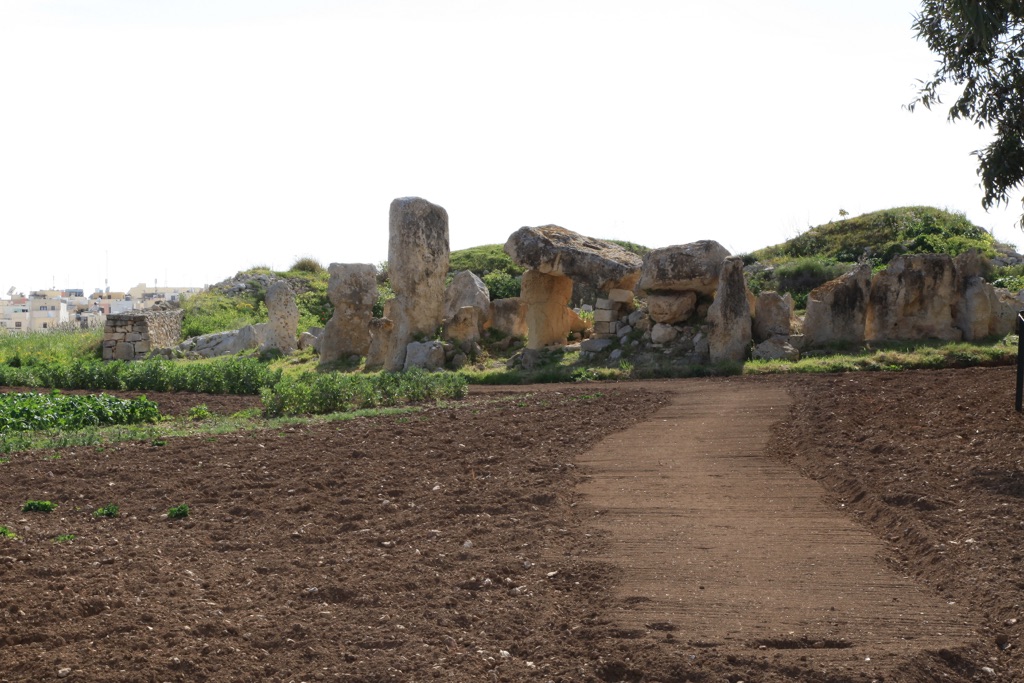
Megalithic Temple
Constructed during the Tarxien phase, the last phase of the Temple period, the megalithic temple at Borġ in-Nadur showcases a four-apse plan typical of the era. Despite its relatively low megalithic walls, the temple’s entrance, marked by two upright megaliths, and a large covered niche near the entrance, remain distinguishable features. Unlike its contemporaries, such as the Tarxien Temples or Ħaġar Qim, this temple lacks artistic decorations. A small cemetery, located approximately 9 meters from the main temple structure, adds another layer of historical depth to the site.
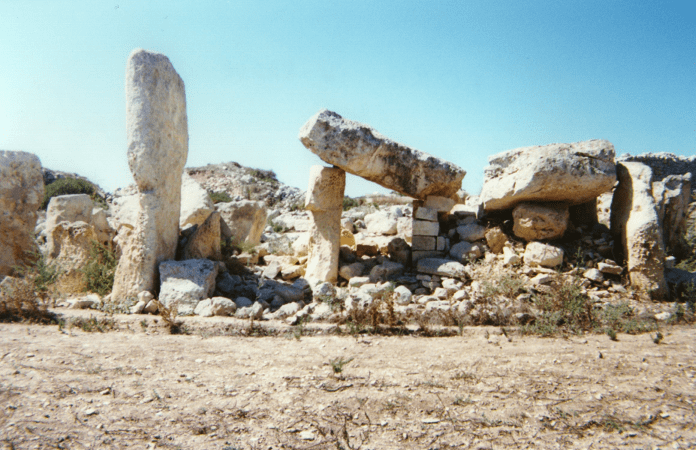
Bronze Age Village
Following the abandonment of the temple, the site witnessed the emergence of a Bronze Age village. The temple’s structure was repurposed into a series of dwellings, around which various huts were constructed. Although the foundations of these huts were reburied after excavation for preservation purposes, their existence points to a thriving settlement. The discovery of Mycenaean sherds in the vicinity suggests interactions, either direct or indirect, between the Maltese and Aegean civilizations.
A notable feature of this period is the construction of a 4.5-meter D-shaped bastion, aimed at protecting the village from inland attacks. This fortification, the oldest surviving in Malta, highlights the strategic importance of Borġ in-Nadur during the Bronze Age. The site’s proximity to cart ruts and silos, also dating back to the Bronze Age, further underscores its significance in Malta’s prehistoric landscape.
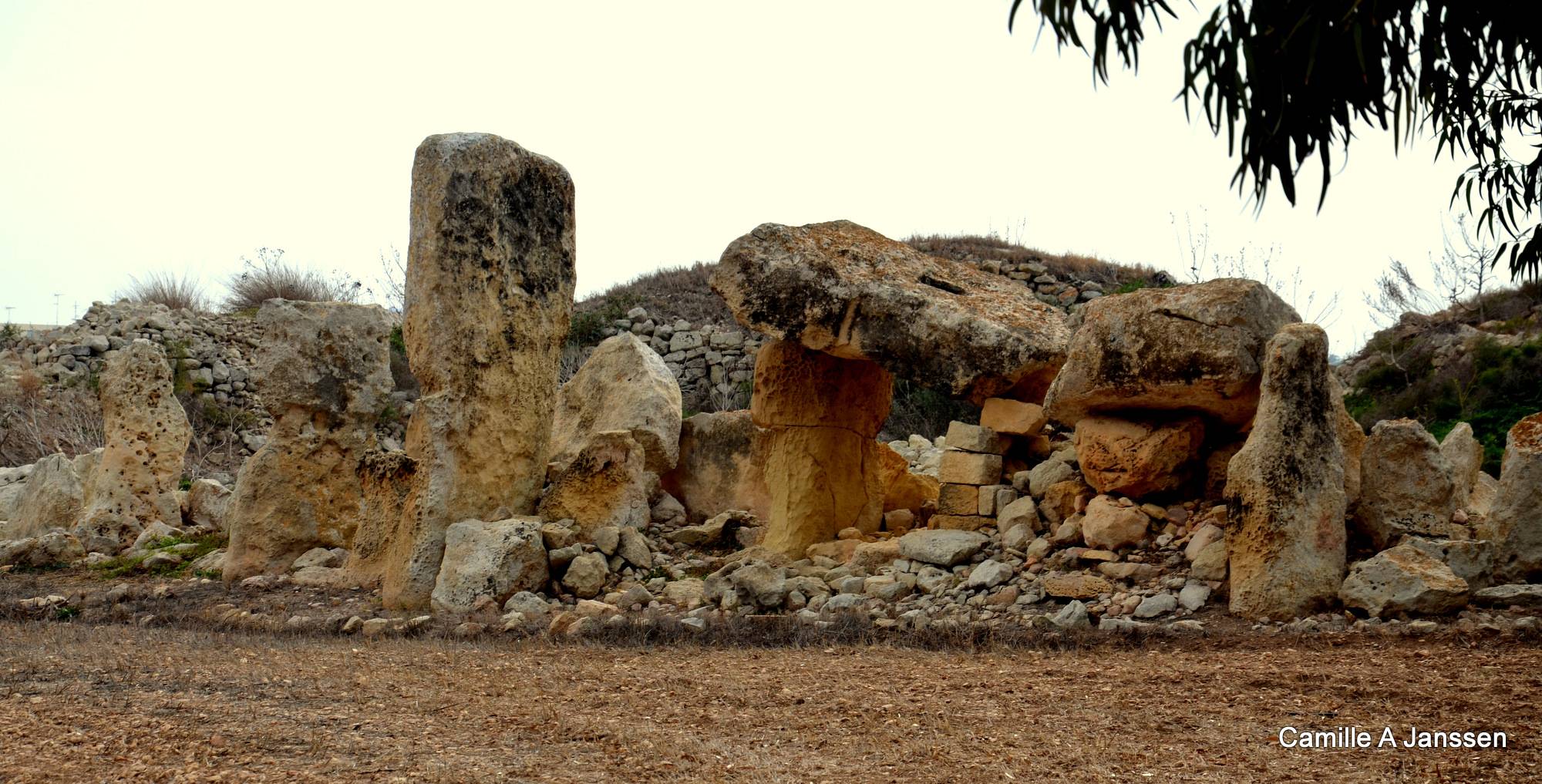
Excavations and Recent History
The temple’s ruins were first noted in the 16th century by French cleric John Quintin. However, systematic excavations did not commence until the 19th century. Initially thought to be Punic in origin, these excavations revealed the site’s deeper prehistoric roots. The Bronze Age village’s foundations were discovered in 1881, with subsequent excavations uncovering more about the site’s structure and history. Despite the destruction of several prehistoric silos in the early 20th century to make way for road construction, the site’s inclusion on the Antiquities List of 1925 helped ensure its preservation.
Today, Borġ in-Nadur is under the care of Heritage Malta, although it remains closed to the public. The site’s condition has deteriorated, making it challenging to discern its historical significance from the surface. Nonetheless, Borġ in-Nadur remains a critical link to understanding Malta’s prehistoric past, offering insights into the island’s early inhabitants, their architectural prowess, and their interactions with neighboring civilizations.
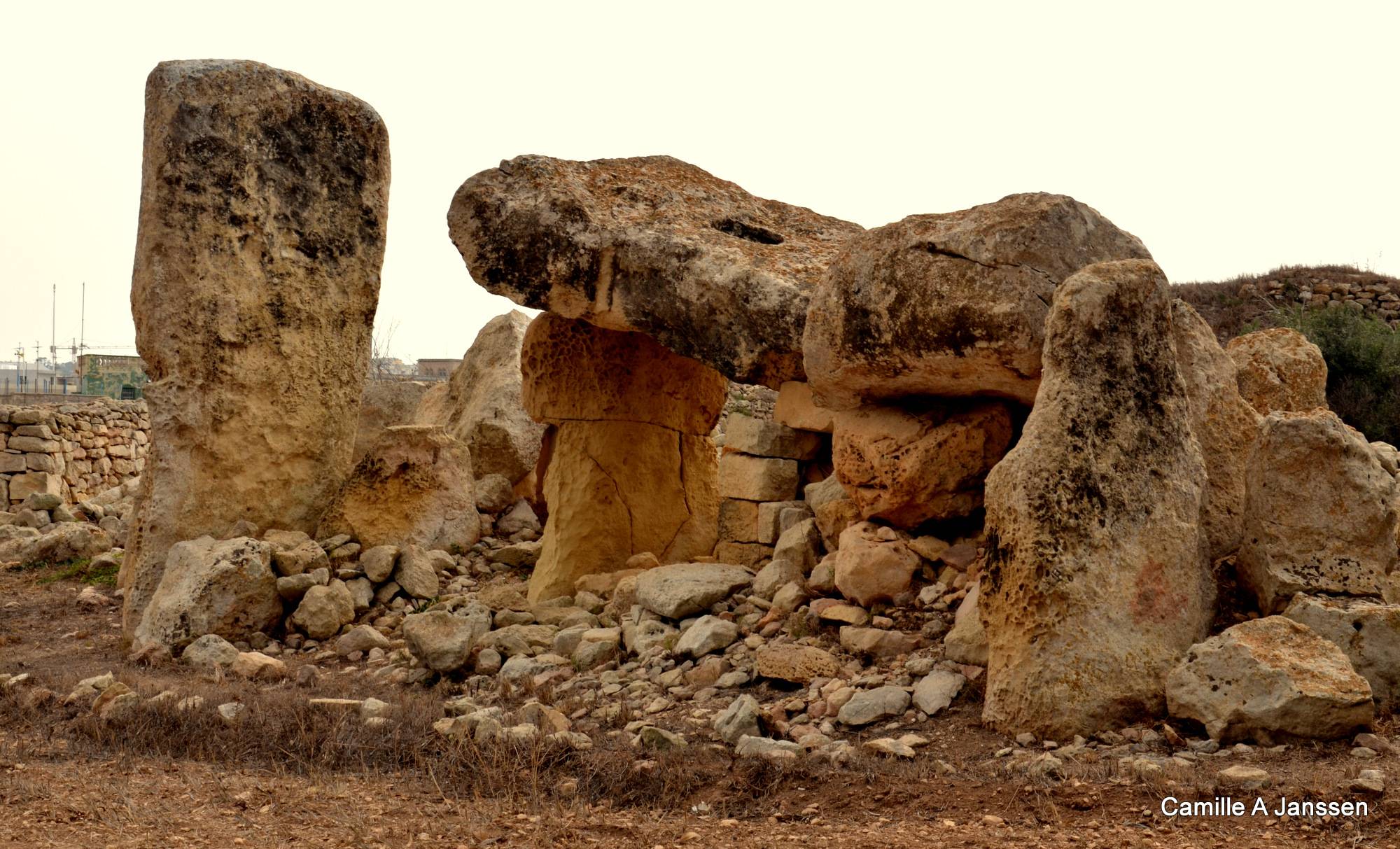
Sources:

